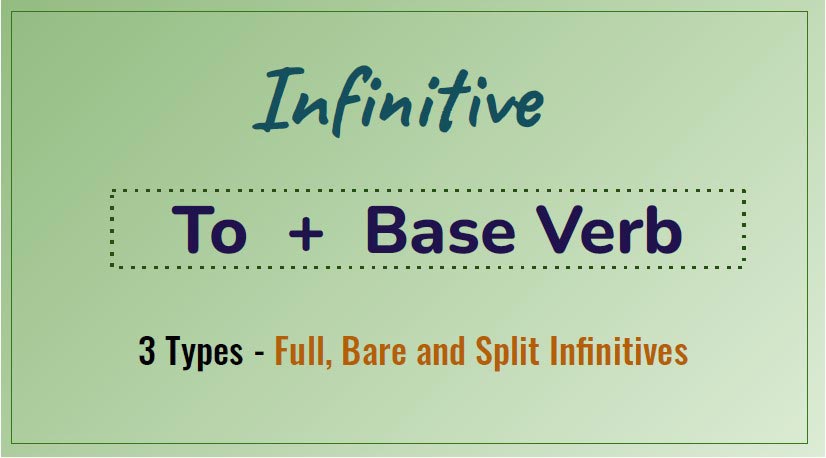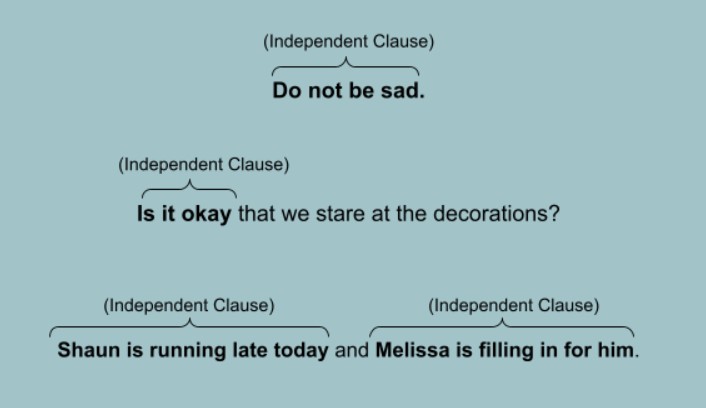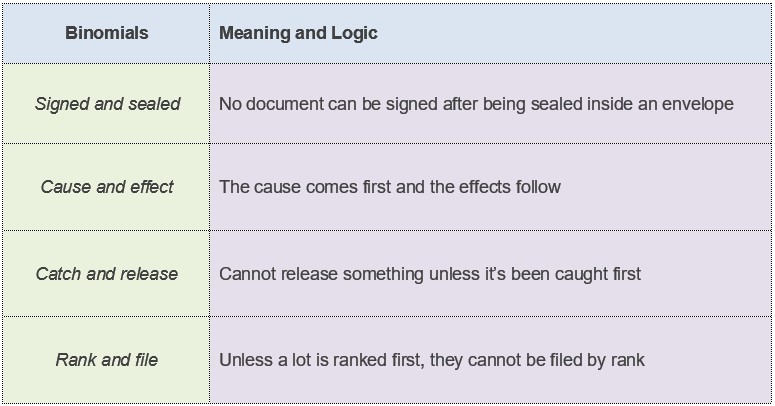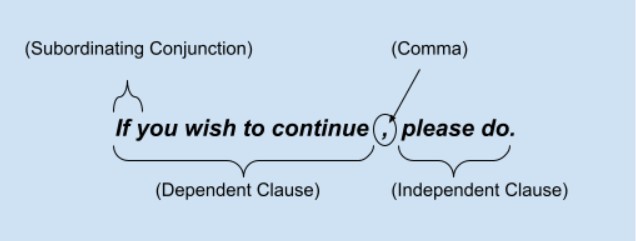Parallel Structure: Definition & Examples
Parallel structure refers to same word pattern within a sentence by repeating a chosen grammatical form. It emphasizes on the same level of importance of multiple ideas or information given in the same sentence.
If there are two or more numbers of information in a sentence, grammatical form of the first information must be followed to express the remaining ideas. In a parallel structure, multiple information is usually connected by coordinating conjunctions. A parallel structure can be constructed in word, phrase or clause level in different sentences.
Example:
| Not Parallel: Ryan likes swimming (noun), hiking (noun), and to ride a motorcycle (phrase). Parallel: Ryan likes swimming(noun), hiking(noun), and riding a motorcycle(noun) |
| Not Parallel: Students were asked to do their assignments quickly (adverb), accurately (adverb), and in a detailed manner (phrase). Parallel: Students were asked to do their assignments quickly (adverb), accurately (adverb), and thoroughly (adverb). |
| Not Parallel: Mr. Evan is a lawyer (noun), a politician (noun) and he teaches (clause). Parallel: Mr. Evan is a lawyer (noun), a lawyer (noun) and a teacher (noun). |
| Not Parallel: Dad told me that I should study a lot (clause), that I should not eat fast food (clause), and to maintain a strict routine before the exam (phrase). Parallel: Dad told me that I should study a lot (clause), that I should not eat fast food (clause), and that I should maintain a strict routine before the exam (clause). -or- Dad told me that I should study a lot (phrase), not eat fast food (phrase), and maintain a strict routine before the exam (phrase). |
| Not Parallel: The soldiers approached the enemy camp slowly (adverb) and silent (adjective). Parallel: The soldiers approached the enemy camp slowly (adverb) and silently (adverb) |
| Not Parallel: Mr. Thomas expected that he would present his ideas at the meeting (active), that there would be time for him to show his slide presentation (active), and that he would be agreed by his partners (passive). Parallel: Mr. Thomas expected that he would present his ideas at the meeting (active), that there would be time for him to show his slide presentation (active), and that his partners would agree with him (active). |
| Not Parallel: I like to run (infinitive), swim (simple form), and surfing (verb+ing). Parallel: I like to run (infinitive), to swim (infinitive), and to surf (infinitive). -or- I like running (verb+ing), fishing (verb+ing), and surfing (verb+ing). |
| Not Parallel: Eric joined the office (past), worked hard (past), and is getting a pay raise (present cont.) Parallel: Eric joined the office (past), worked hard (past), and got a pay raise (past). |
| Not Parallel: This book contains poems which are romantic (adjective), soothing (adjective), and can be enjoyed(passive phrase) Parallel: This book contains poems which are romantic (adjective), soothing (adjective), and enjoyable (adjective). |
| Not Parallel: After finishing study one can do many things like: staring a job (verb+noun), starting a business (verb+noun), or the army (noun) Parallel: After finishing study one can do many things like: starting a job (verb+noun), staring a business (verb+noun), or joining the army (verb+noun). |
Note: But if it’s indicated in the sentence that different clauses happened at different times or will happen in the future then, this rule of parallel structure is not needed to be followed.
For Example, He is a player with great technical abilities, practices a lot, and will definitely play for a big club one day.
By using parallel structure, the rhythm of a sentence is ensured along with the grammatical balance. But if this structure is not followed while constructing a sentence containing two or more information, then there will be disruption of rhythm or grammatical unbalance in the sentence.
Grammar
Read More
- How to Use "Therefore" in Sentences Avoiding Common Mistakes
- How to Use "Whereas" with Examples and Avoid Common Mistakes
- When and How to Use "Thus" Correctly Without Common Mistakes
- How to Use "On the Contrary" Properly with Meaning and Examples
- When and How to Use "Either/Or" with Examples and Common Mistakes to Avoid
- How to Use "On the Other Hand" Effectively without Mistakes
- How to Use "Respectively" with Example and Common Errors to Avoid
- How and When to Use "Moreover" Without Mistakes
- How to Use "Likewise" in Sentences Based on Context & When not to Use
- When & How to Use "Although" in Sentences to Avoid Mistake




